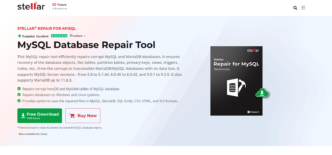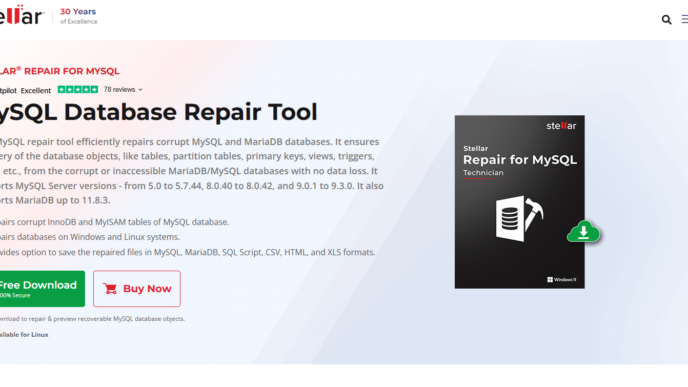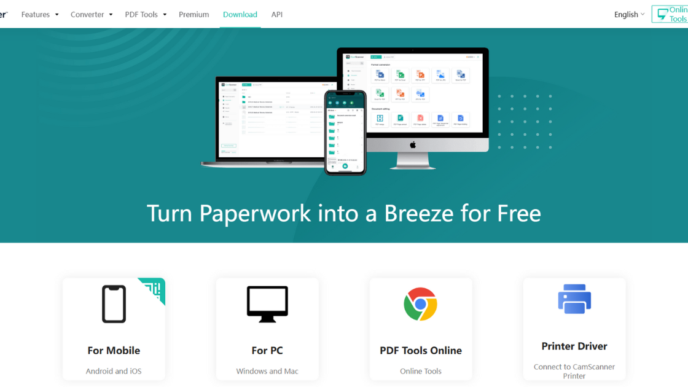- Introduction: Micropayments Without Borders Micropayments have redefined financial interactions in the digital age. From tipping content creators to unlocking pay-per-use services, the concept of “small but frequent” payments is now globally viable. Korea, a front-runner in fintech infrastructure and mobile UX, has quietly built a model of micropayment systems that deserves global attention. This article explores how that model can scale beyond domestic borders and reshape mobile commerce worldwide.
- What Makes the Korean Micropayment Model Special? The Korean mobile micropayment ecosystem is not just a collection of apps—it’s a tightly integrated system of PGs, VANs, mobile authentication platforms, and telecom-backed credit lines. Features like near-instant approval, seamless UI, and widespread offline/online compatibility have made it sticky across demographics. Crucially, user behavior data is continuously fed back into service refinement, creating a feedback loop that’s both technical and behavioral.
- Infrastructure Readiness for Export Korea’s system is export-ready thanks to:
- Mature fintech APIs that can be modularized for foreign adaptation
- Interoperable standards across mobile, web, and POS channels
- Cloud-native architecture that supports fast deployment in varied geographies
- Built-in security compliance with global standards like PCI DSS and ISO/IEC 27001 This makes it easier for Korean platforms to partner with global telecoms and financial players.
- Localization vs. Standardization One major challenge in exporting a digital payment system is the balance between localization and standardization. Korean platforms excel by offering core modules (e.g., micropayment wallet, loyalty integration, user authentication) while allowing partner countries to skin the interface, adjust tax rules, and plug in local banks.
- Case Example: Southeast Asia Collaboration In pilot initiatives across Vietnam and Indonesia, Korean companies have tested hybrid app architectures that integrate local e-wallets with Korean-designed PG layers. The result? Improved user conversion rates and lower churn. These countries also benefit from Korea’s telecom-led micropayment models, which appeal to underbanked populations.
- Regulatory and Legal Landscape For successful export, legal alignment is non-negotiable. Korea’s experience with sandbox regulation—where fintech pilots operate under relaxed compliance—offers a blueprint. Countries aiming to import Korean micropayment systems can adopt similar temporary regulatory zones to facilitate rollout.
- Cultural UX Translation While Korea’s mobile UI/UX culture emphasizes speed and minimalism, exporting that aesthetic requires sensitivity. In regions like the Middle East or Latin America, micro-interactions need to be adjusted for language density, digital trust levels, and device penetration variance.
- Revenue Models That Scale Internationally Korea’s system isn’t just technically advanced—it’s financially sustainable. Features like subscription mini-bundles, ad-based reward systems, and skt휴대폰결제서비스 conversions translate well across borders. Providers can localize revenue logic while keeping the architecture intact.
- Strategic Partnerships as Launchpads Export doesn’t mean standalone entry. Korean firms have found success by pairing with:
- Local telcos for SIM-linked wallets
- Government-led smart city projects
- Retail POS networks seeking modernization Such partnerships speed up user acquisition and infrastructure embedding. Conclusion: Small Payments, Big Possibilities Korea’s micropayment model isn’t just about transactions—it’s about behavior, security, and scalable UX. By exporting this model, Korean fintech has a rare opportunity to shape how the world thinks about value exchange in digital ecosystems. The road ahead requires sensitivity to cultural context, technical agility, and strategic patience—but the destination holds transformative potential.














